Nintendo Switch problems: how to fix the most common issues
Dropped Joy-Con connectivity, warped docks and more
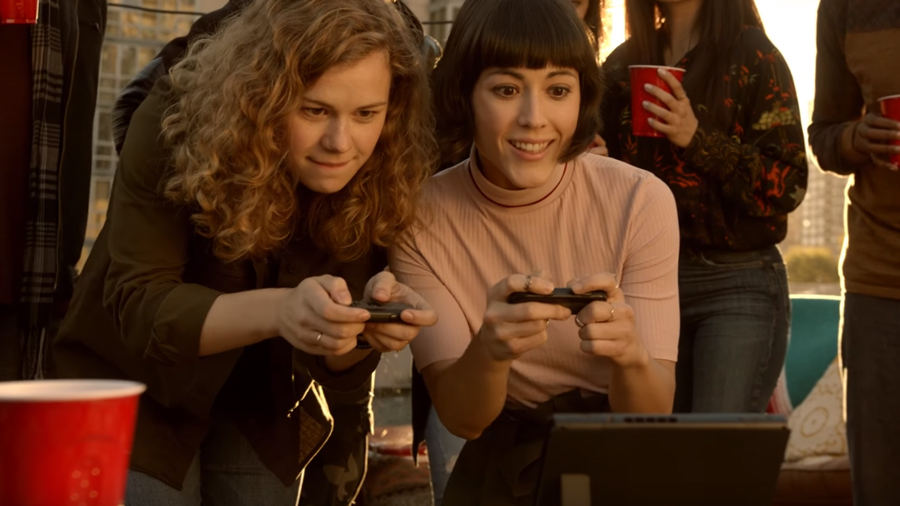
Just two months since the release of the Nintendo Switch, the handheld/console combo is off to a great start. Already it exceeded two-day sales numbers for any Nintendo system in the Americas, (yes, even more than the Wii).
That said, as more folks get their hands on Nintendo’s latest creation, it’s become clear that the Switch isn’t without flaws. Thankfully, we’re here to help keep those hassles to a minimum so you spend less time rooting for answers and more time playing The Legend of Zelda: Breath of the Wild.
We’ve gathered six of the most common Nintendo Switch issues you may encounter, as well as solutions to help ensure your shiny new machine lasts longer than the flimsy weapons in Breath of the Wild.
Your Nintendo Switch is... warping?

Problem: In what we can safely call the first time a Bendgate-style controversy has applied to a video game console, there are reports of Switches warping from heat inside the dock.
While it doesn’t appear to be a widespread problem — Nintendo has not yet made a comment regarding this particular issue — it’s entirely possible that the high heat of a charging battery in the Switch’s not-supremely-ventilated dock could potentially cause the plastic shell and screen of the handheld to warp a bit.
Solution: Until it’s established if this is just bad luck for select users or a Red Ring of Death-style technical problem, we can only advise keeping your docked Switch somewhere where air can freely flow. If you’re especially worried, avoid leaving the Switch charging for overly long periods of time in the dock.
Should the damage be done and your handheld warped, we suggest getting in touch with Nintendo’s support staff and being extra-careful when putting your bent Switch back in the dock. A misaligned console can rub against the dock’s side and scuff up the screen.
Get daily insight, inspiration and deals in your inbox
Sign up for breaking news, reviews, opinion, top tech deals, and more.
Speaking of...
Nintendo Switch dock scratches the screen
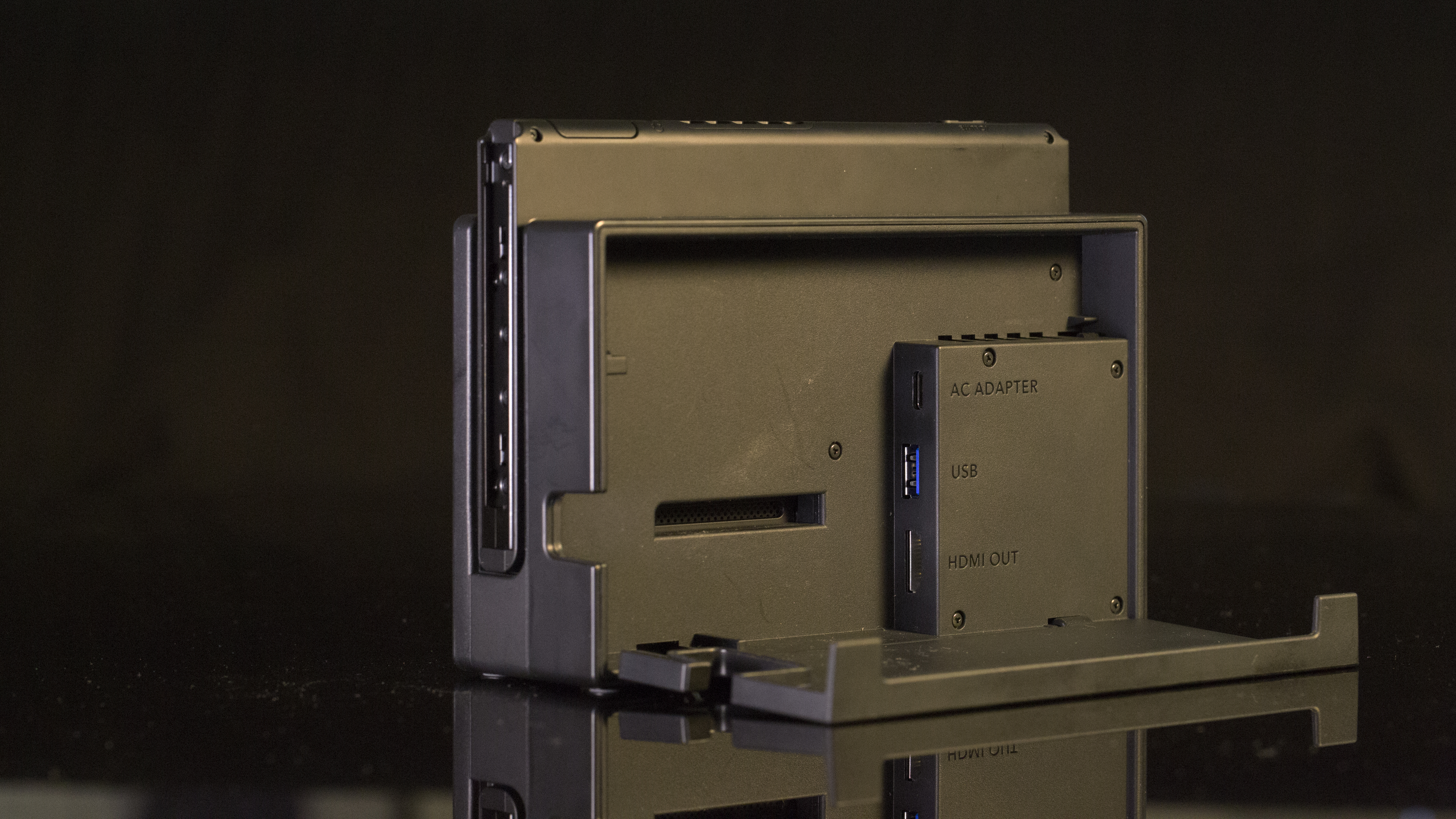
Problem: It appears that the Switch itself may not be the only thing warping on users. Reports have emerged of some Switch owners experiencing slightly-skewed docks for housing their machine, according to Polygon.
Considering it’s not the console itself that’s bending this time, it can’t be that big an issue, right? Well, the rub here is literal — a warped dock creates an ill fit for your console and risks scratching up your brand-new Switch’s screen.
Solution A: While Nintendo has not formally acknowledged it, the anecdotes from users experiencing this issue seem to suggest a defective dock. This means that until Nintendo accepts fault and puts out a replacement program, you’re going to have to shell out for a replacement dock of your own. Sadly, that may prove tough, as spare docks appear to be sold out at the time of writing.
Solution B: Thankfully, there are still two alternatives that can keep you playing while avoiding a scuffed screen. The first is sticking to the included USB-C cable and charging your Switch the dockless way. The second is lining your dock with a cloth to prevent scratching — maybe consider one of those fitted microfiber “Dock Socks” we’ve seen spring up on Etsy, if you want a more fashionable fix.
Nintendo Switch reset
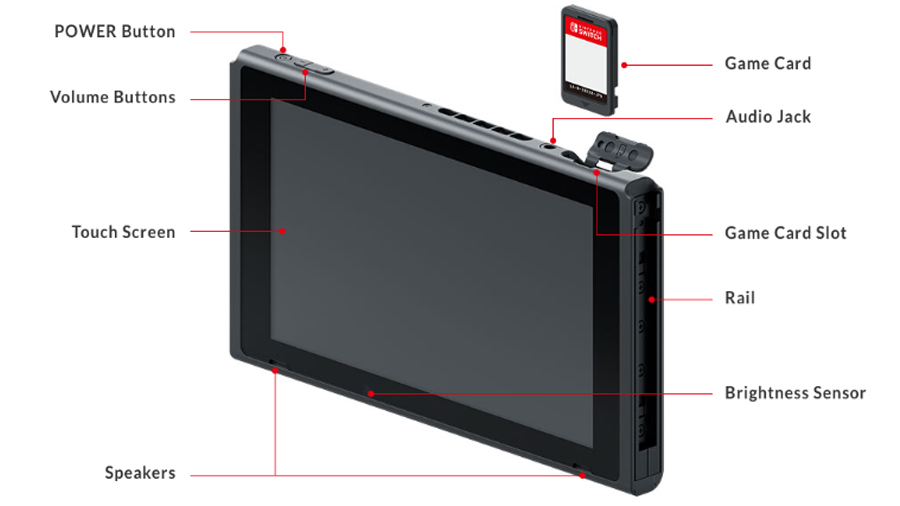
Problem: Probably the most common fix for any 21st-century electronic is the tried-and-true technique of turning it off and on again.
The Nintendo Switch is no exception, with a hard reset coming in handy if for whatever reason the software is not loading, the home button won’t respond, or you’re having an old-fashioned freeze.
Solution: Should you find yourself in the situation where you have to tap out your Switch, the first step is making sure the Switch is in portable mode — that is, with both Joy-Cons attached and the device removed from the dock.
From there, hold down the power button for about 12 seconds to force a shut down on the Switch. From there, Nintendo suggests removing any game cartridges or microSD cards before powering the Switch back on and then making sure you’ve updated to the latest version of the system’s firmware.
The critical thing to remember here is that the Switch needs to be turned on again after it’s been force-reset. Unlike, say, an iPhone (or more aptly, Nintendo’s past two decades of consoles), force-resetting doesn’t also force-restart the machine, so don’t panic if your Switch doesn’t revive immediately after a shutdown.
Should you still experience problems, freezes, and other hiccups with your Switch after a hard reset, the console itself may be broken and will sadly have to be sent back to Nintendo for repairs (if applicable) or returned.
Your portable battery doesn’t work with Switch

Problem: In our experience with the Switch, we were only able to muster about 2.5 hours of play time before the battery called it quits. This is fine for a train ride to and from work, but the minute you’re locked into a long plane ride, road trip, or extended wait at the dentist’s office, you may need to find alternative means of charging your machine.
While it makes sense to use the same portable battery packs that keep your smartphone and tablet humming, you may notice it seems to have no effect on your Switch. The good news is that neither your Switch nor battery pack are defective. The bad news is that you’re going to have a tough time charging your handheld remotely.
Solution A: The Switch’s USB-C connection isn’t just for speedy data transfer when docked in TV mode. The port also allows the 15.0V/2.6A charger to zap in a lot of juice and fast — something lower-output battery packs aren’t really designed for. (By contrast, most phone chargers are built for closer to five volts.)
In short, your options are limited for a portable battery with enough output to keep a Switch on life support, let alone top if off. There are conflicting reports over which battery packs can actually charge a Switch, though all agree that charging is slooooowww when a non-socket source is involved.
Solution B: Though wall-charging is the ultimate way to go, the desperate can consult our list of favorite portable chargers and power banks and cross-reference the voltage to see if it can handle the Switch’s demands. If that doesn’t satisfy you, this Indiegogo campaign for an external Switch battery add-on looks promising.
Your Nintendo Switch kickstand breaks
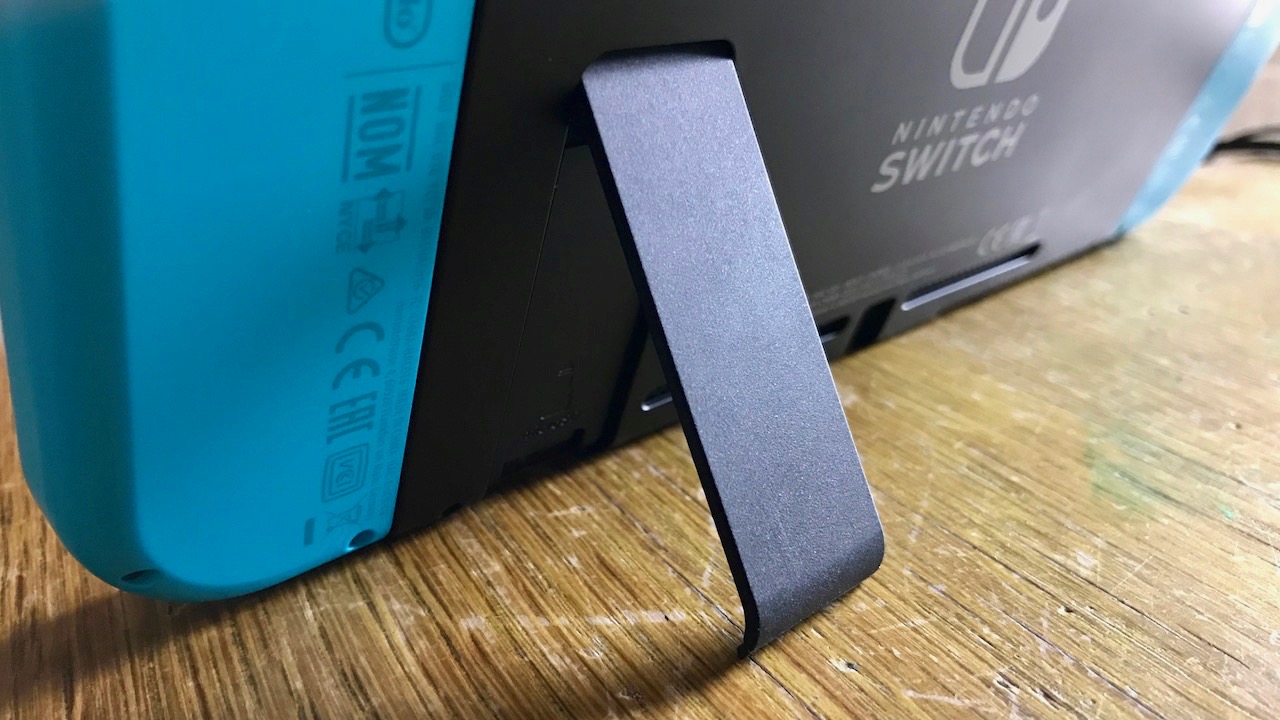
Problem: As much as we appreciate the plastic stand Nintendo provided to prop up the Switch like a little standalone TV, we knew it was only a matter of time before that twig of a support snapped off like a, well, twig.
Solution: Should that particular piece of your console pop off — most likely from sliding it into the dock while forgetting to close in the kickstand — don’t fret and just pop it in. Nintendo apparently felt the same concerns we had about the kickstand when designing the Switch, so just fit the amputated kickstand back where it belongs until it clicks back in place and it’ll be like it never happened.
Considering the kickstand also doubles as a cover for the Switch’s microSD slot, you may consider intentionally removing the stand from time to time to better access that itty-bitty memory card.
That said, you risk wearing down on the stand’s connecting grooves, so we caution keeping the snapping-off and snapping-on of the plastic prop to a minimum.
Your Joy-Con controllers have connection issues
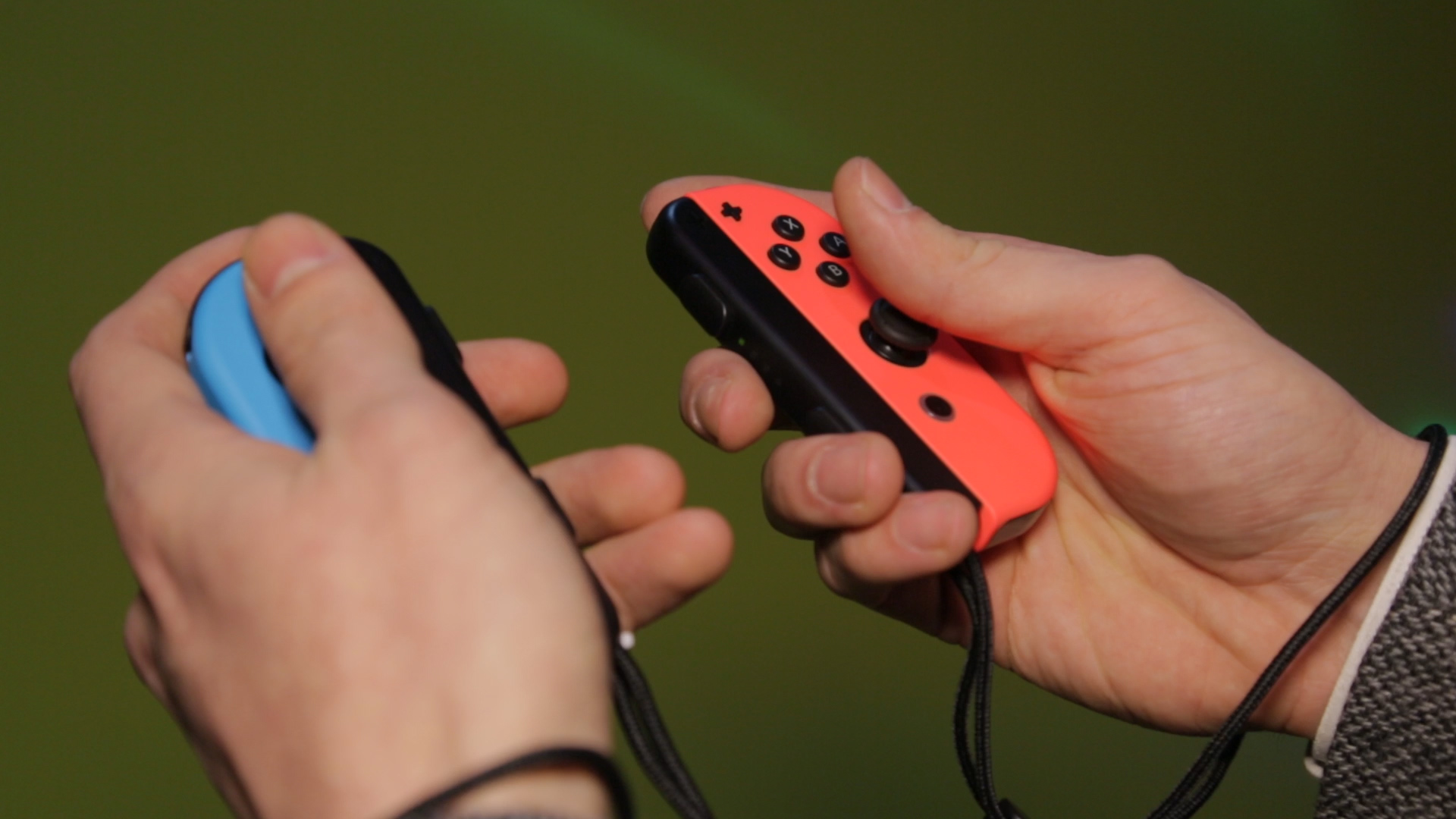
Problem: Is your Joy-Con controller having trouble staying connected to the Switch? Are you finding yourself forced to rely on portable mode to keep adventuring onward in Breath of the Wild or playing solo in Snipperclip? Does it seem to be just the left Joy-Con that’s acting up?
Well, as you can guess by now, this is a pretty specific issue affecting a wide spread of users. The upside of this? A problem this big doesn’t go unanswered long, lest Nintendo incur some bad PR.
Solution A: The culprit behind The Mystery of the Failing Left Joy-Con is most likely an interference problem seen in the the first run of controllers. Nintendo suggests keeping the Switch away from microwaves, wireless access points, tablets, and fish tanks to help improve reception from the Joy-Cons to the console.
Solution B: Since Solution A is a little ridiculous, we instead suggest calling Nintendo’s support hotline at +1 (800) 255-3700 in the US, +44 (0) 345 60 50 247 in the UK, or 0800-743-056 in Australia and arranging a fix. Trust us, you’re not the only one and Nintendo is prepared to repair your defective Joy-Con.
This is a particularly interesting issue — not just in that it got so big that Nintendo had to step in to remedy it, but in how deceptively simple the solution is. If Sean Hollister of CNET’s experience is accurate to what the rest of the joy-less Joy Con owners are going through, all that’s needed is a little piece of conductive foam shielding the controller’s wireless receiver.
That might not be the case with everyone experiencing this issue, but seeing as a single new Joy-Con costs $49.99/£42.99, we suggest giving the ol’ Nintendo hotline a call to see if you can get yourself a repair without having to spring for a replacement
- Zelda isn’t enough: What Nintendo needs now to keep the Switch on top
